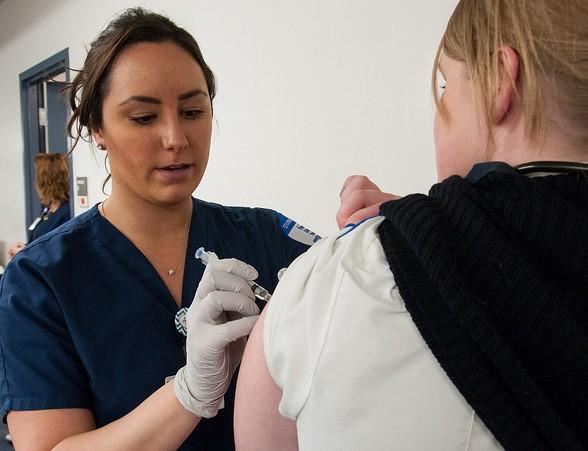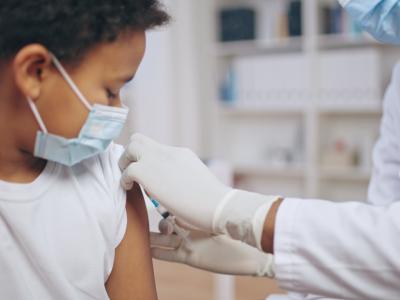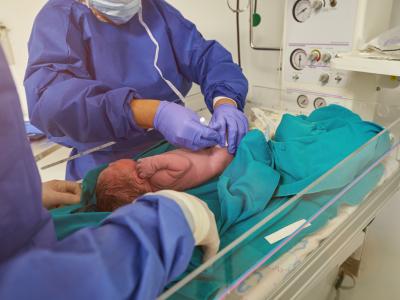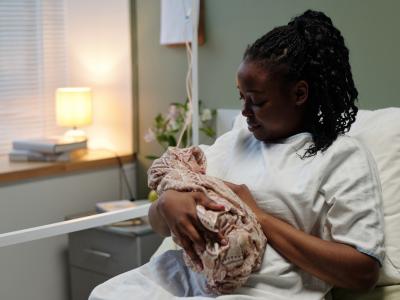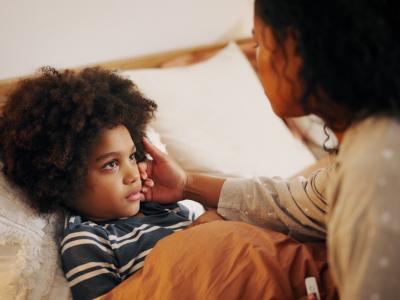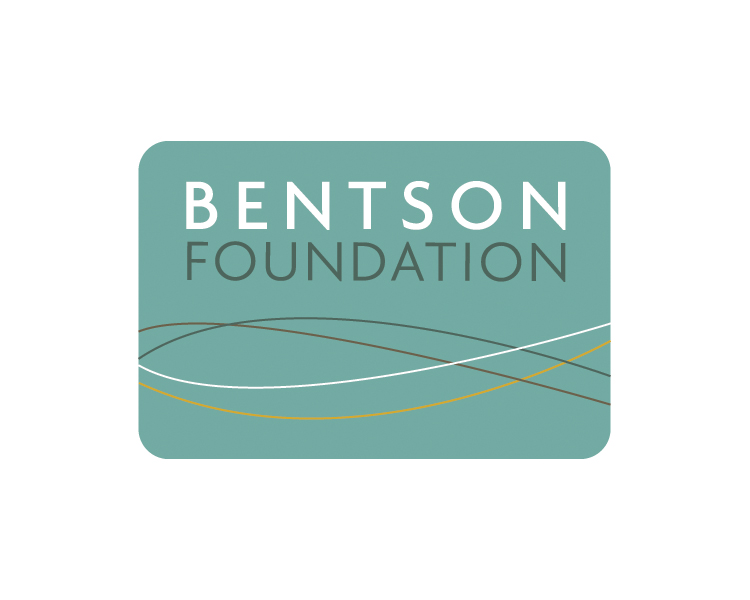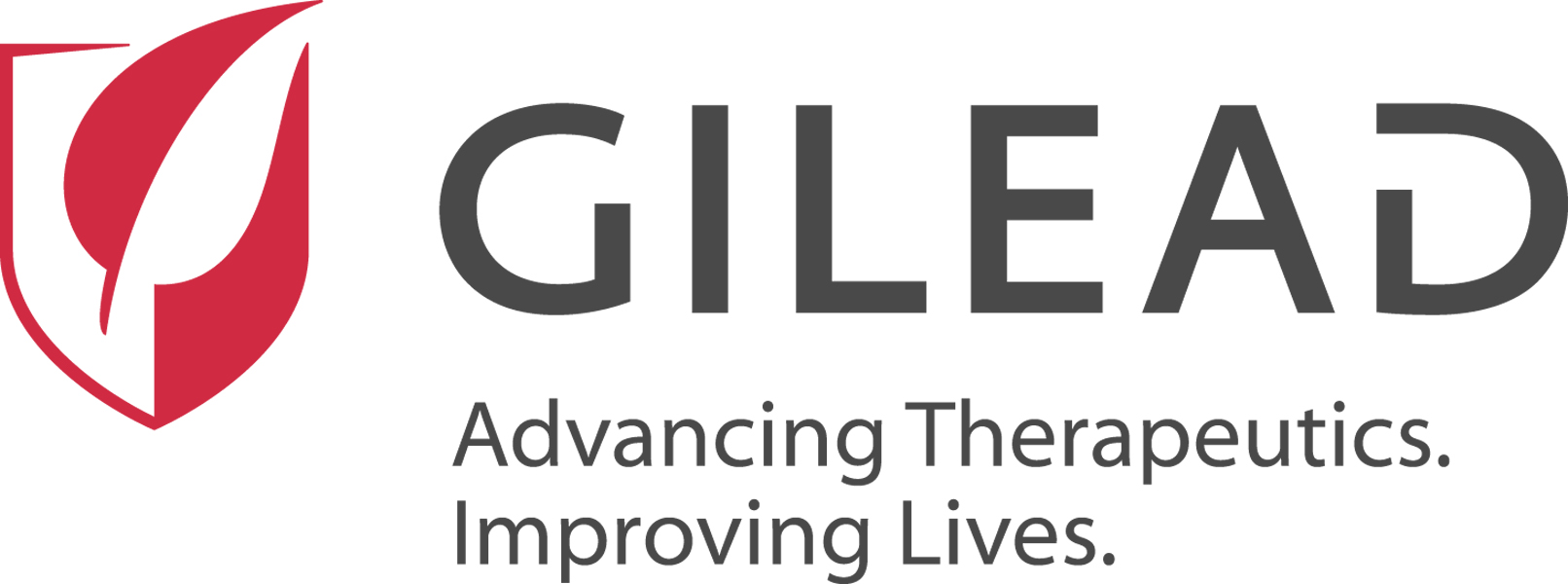
Today, Morbidity and Mortality Weekly Report published updated guidance from the US Centers for Disease Control and Prevention (CDC) on postexposure prophylaxis (prevention) and treatment of the rare but potentially serious tickborne disease tularemia.
The recommendations are aimed at healthcare providers caring for patients with naturally occurring infections or, in the case of bioterrorist deployment of the pathogen, working with preparedness experts and public health authorities to prepare their clinics, hospitals, and communities.
Tularemia is caused by the gram-negative bacteria Francisella tularensis, which spreads through bites from ticks, deer flies, and mosquitoes. Infections occur naturally in the Northern Hemisphere, with up to 300 cases in the United States each year. But because only a small amount of pathogen is required for infection, tularemia is classified as a bioterrorism agent that could sicken thousands of people.
Intentional release of the pathogen would require public health agencies, first responders, and clinicians to make rapid decisions. "To mitigate the effects of a bioterrorism attack, the US government stockpiles medical countermeasures, and the 21st Century Cures Act mandates development of evidence-based guidelines for their use," the authors wrote.
First-line treatments, group-specific recommendations
To create the guidelines, the CDC conducted systematic literature reviews on human tularemia cases through 2023, analyzed surveillance data, compiled outbreak reports and case series, gathered animal data, and consulted with experts.
In the wake of a bioterrorism attack, initial treatment with two distinct effective antimicrobial classes is recommended because of the risk for engineered antimicrobial resistance.
Key departures from the 2001 guidelines include use of a prophylaxis and treatment framework and designation of fluoroquinolone antibiotics (ciprofloxacin and levofloxacin) and doxycycline as first-line treatments for outbreaks.
Other changes include identification of third-tier treatments if first-line and alternative antimicrobials are unavailable or contraindicated, and guidance for newborns, breastfeeding infants, lactating mothers, patients with weakened immune systems, and older people.
The recommendations don't include information on dispensing treatments, diagnostic testing, triage, or adjunct therapies.
"In the wake of a bioterrorism attack, initial treatment with two distinct effective antimicrobial classes is recommended because of the risk for engineered antimicrobial resistance," the authors wrote.

.jpg)
